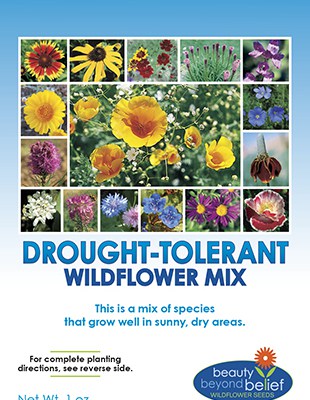A Wild Thicket
Keeping a Little Wild in Your Garden
by Sandy Swegel
When it comes to our gardens, we Americans are of a divided heart. Deep in our ancestral memories are the manicured gardens of Europe. We swoon over the groomed roses and delphiniums of England, We admire the orderliness of rows of Tuscan poplars. We see the almost mathematical grid of Versailles echoed in Jefferson’s Monticello. We use raised beds to confine our vegetables just as the medieval cloister gardens were enclosed.
At the same time, we Americans are a frontier people, dazzled by the wildness and grandeur of raw untamed nature. Grassy plains and dense woodlands and mountains majesty tug at our hearts even as we tend our suburban plots.
To fill the needs of our wild nature souls, I think it’s always good to have a wild area in our yard. One that manages to thrive only on what nature provides and provides a haven for small wildlife. Generally, there is some place in your yard that already refuses to be tamed. Someplace wild plums keep sprouting and sumacs come unbidden. This is the area to encourage in your yard – your secret garden, if you’d like – or just the area you see from your kitchen window reminding you that beneath the dishes and chores and children and jobs, you have a wild spirit too.
My favorite thicket started with the wild plums that kept coming back. Over time, a couple of chokecherries worked their way in, and the patch of lemon balm appeared all on its own. Birds planted wild roses. Squirrels brought in nuts. I decided to play along with nature and seeded an unruly pollinators’ hedge filled with the nectar and pollen-rich flowering plants that bees and butterflies crave. I let the wild queen anne’s lace have some space in the back and I didn’t pull the dandelions. I did plant one of those tall dark purple butterfly bushes for structure and I seeded a buffer zone of grasses and wildflowers to create a neutral zone of sorts between “The Lawn” and “The Thicket.”
I don’t really “garden” the thicket but over time I’ve planted some naturalizing crocus and daffodils and a handful of seeds a decade ago that keep the spring display stunning. About the only care I give the area is water during really dry spells and a birdbath of water because butterflies and birds and bees need something to drink.
I am proudest of my tended garden…the showy beds of vegetables and annual flowers, the elegant stretches of roses and flowering shrubs and tulips in Spring. But deep down, it is my thicket that I love the most.


